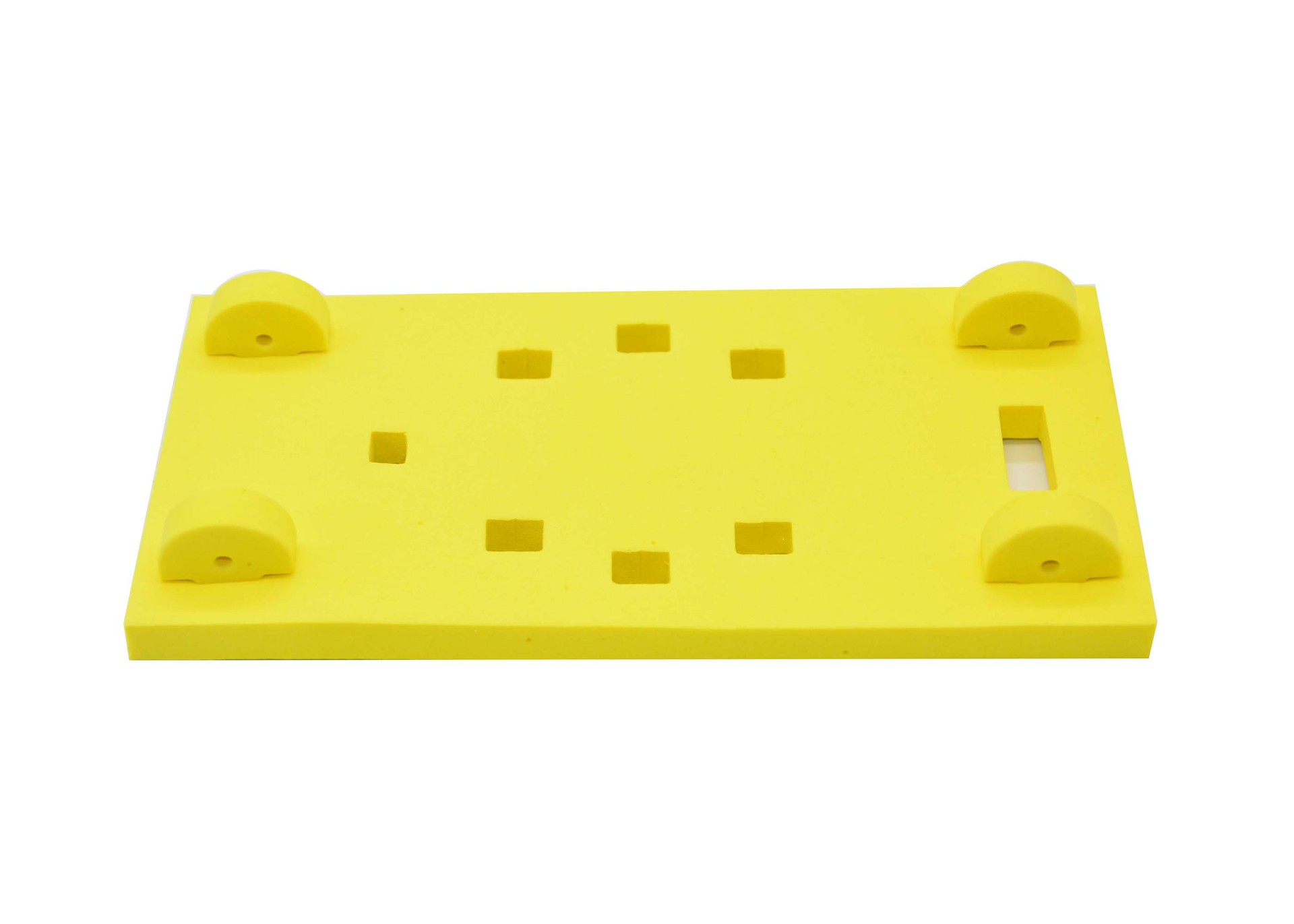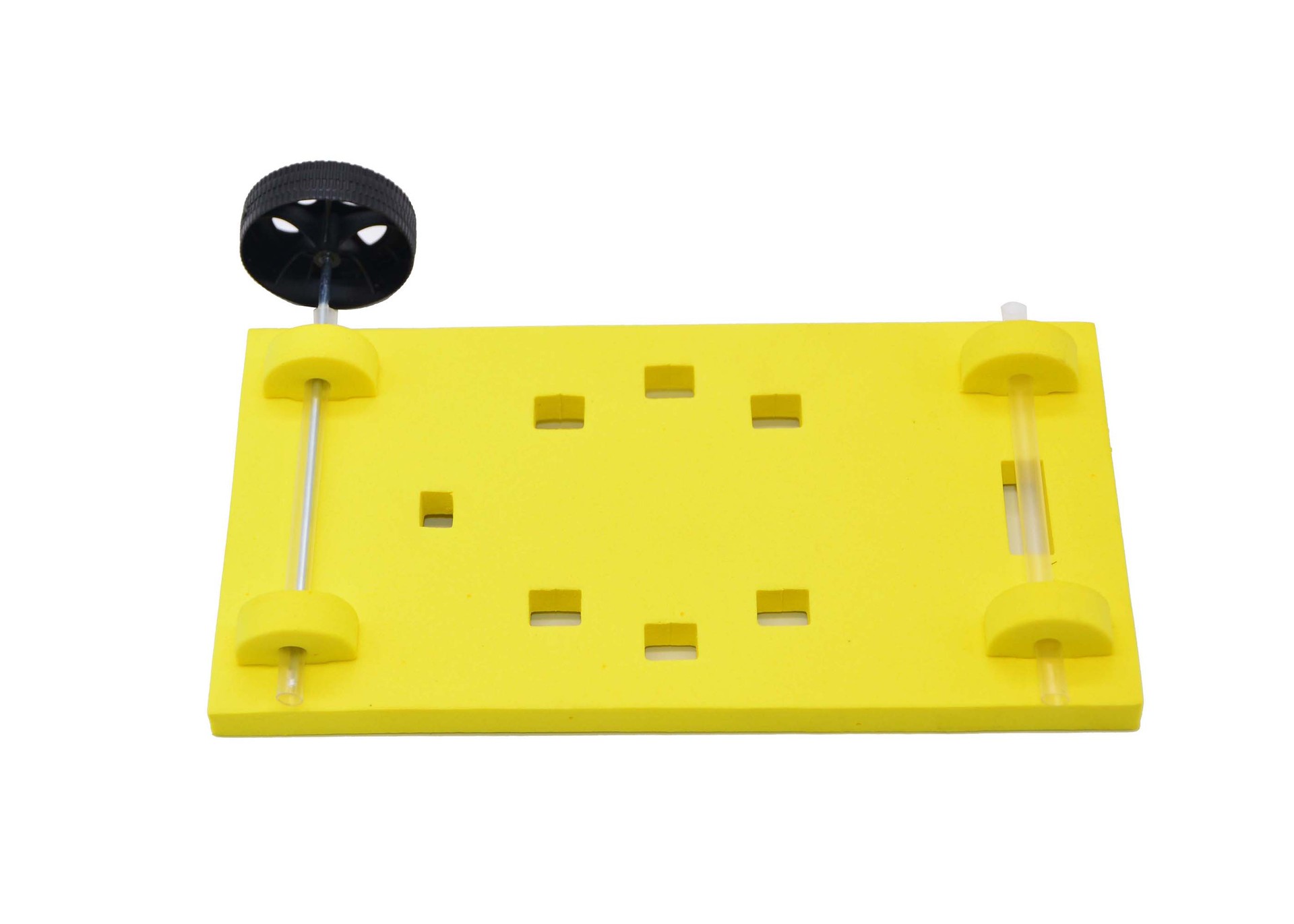
Search history
Clear allSearch by image
XDrag and drop an image here or upload an image
Max 5MB per image
UploadSign In | Join

Search history
Clear allSearch by image
XDrag and drop an image here or upload an image
Max 5MB per image
UploadSign In | Join
X Email Mobile
|
|
CN¥ 0.0 | 8348 vehicle available |
|
A new item has been added to your Shopping Cart. You now have items in your Shopping Cart.
Direct factory mass custom can contact: 15858994086




Product Name: C501 Balloon Car
Product Code: C501
Size: 180*10*80mm
Weight: 40g
Material: EVA + plastic accessories + metal accessories + balloons
Packing: 280pcs
Box Specification: 600*500*450mm


Scientific Enlightenment:
As early as the Song Dynasty more than 800 to 900 years ago, firecrackers were already invented, including a type called 'qihua'. When the explosive material in the qihua rapidly burns, the generated gas shoots out from the bottom of the tube at high speed, causing the qihua tube to rise. This principle of flight is similar to that of modern rockets, which also use the reverse thrust of the fast-spewing gas to give the rocket immense speed. Now, if we use the air pressure from a balloon to push a toy car, what phenomena and results might we expect?
Experimental Purpose:
1. Understand what is the reaction motion and its characteristics
2, Through understanding the role of reaction, encourage children to love science.



















Knowledge Treasure:
The phenomenon where an object is propelled in the opposite direction by a high-speed ejection of liquid, gas, or the projectile of another object, is known as the reverse thrust motion.
Characteristics: ① Interactions between objects occur suddenly, with a short duration and strong force.
In the reaction phenomenon, the net force on the system is generally not zero; if the reaction movement belongs to the case where the internal force is far greater than the external force, it can be considered that the system's momentum is conserved in the reaction movement.
In the problem of reaction motion, sometimes the speed encountered is the relative speed between the interacting objects. This should be converted into the relative speed before setting up the equation of conservation of momentum.
In the reaction motion, we often encounter the motion of objects with variable masses, such as rockets during their motion. As fuel is consumed, the mass of the rocket is continuously decreasing. In this case, it is necessary to study the rocket itself and the entire process of interaction.
Science Project:
1. Open the material package to find the necessary equipment for the experiment.
2, Install the car in sequence as shown in the picture.
3, inflate the balloon and install it on the frame to begin the experiment.
Knowledge Expansion:
Through the analysis of examples, it is clear that both the advantages and disadvantages of reaction exist. In addition to the reaction examples and applications in our daily life that we have introduced above, can classmates think of any other applications of reaction? The jet aircraft and rockets we mentioned use not only the principle of reaction but also other knowledge. What are the differences between ancient Chinese rockets and modern rockets? Classmates can observe these questions in their daily life and books, and learn more.
Recoil motion and prevention: ① Application: Irrigation sprayers, recoil turbines, jet aircraft, rockets, and more are important applications of recoil. ② Prevention: When shooting a gun, the bullet moves forward, and the gun recoils backward. This recoil can affect the accuracy of shooting, so when using a rifle, it is necessary to support the gun on the shoulder to reduce the impact of recoil.
Did you know: If a system is not subjected to external forces or the vector sum of the forces acting on it is zero, then the total momentum of the system remains constant, and this conclusion is known as the law of momentum conservation. The law of momentum conservation is an important and universal conservation law in nature, which applies to both macroscopic objects and microscopic particles; it applies to both low-speed moving objects and high-speed moving objects. It is an experimental law and can also be derived from Newton's Third Law and the momentum theorem.
Update time:
TOP